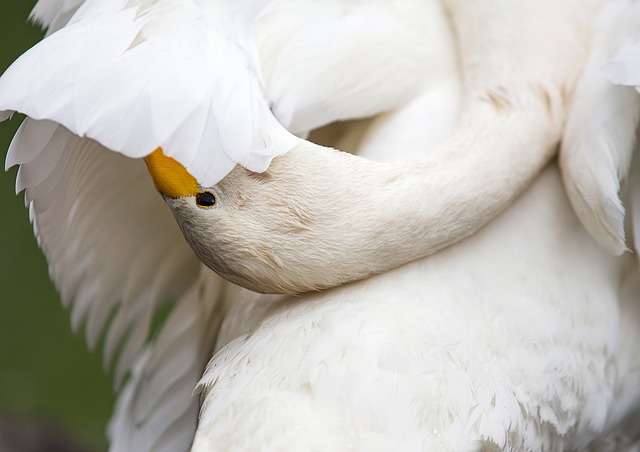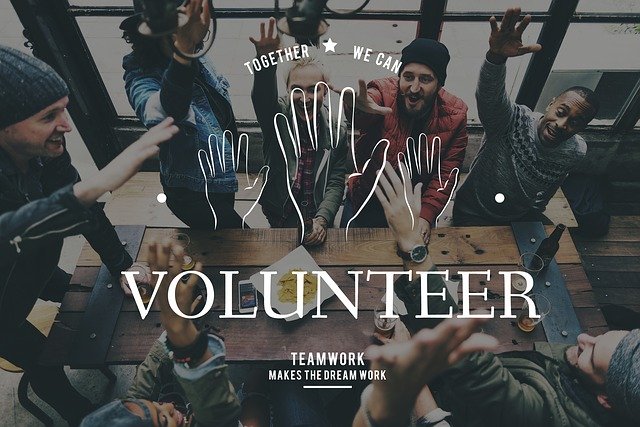In a previous post I discussed leadership as resonance, drawing on the work of biophysicist Ginny Whitelaw. Fundamental to this concept is the role of a leader as an “energy concentrator” – capturing, focusing and amplifying energy. This process is a two-way street. The leader generates energy alignment and amplification through developing a vision, shaping team culture and enabling the transformation of creative energy into innovation. On the other hand, the leader captures the energy of his or her followers through listening – being in tune with their energy vibration, removing political and organisational blockages and providing energetic support. This is very much a form of bottom-up management, in contrast to the former way of concentrating energy through vision and culture which is a top-down approach. Listening, then, is a means of achieving resonance – aligning with and amplifying energy vibrations from followers.
Listening as resonance
A common expression used to describe the act of listening is to say that people who are actively listening in a conversation are on the “same wavelength” – their energy vibrations are aligned. Ginny, drawing on neuroscience research, maintains that this statement is both metaphorically and literally true – if the leader is actively listening, they are matching the brain waves of the communicator, making a map of the other person’s energy vibrations within their own brain. This is what Ginny calls “connected communication”. As she points out, when we are on the same wavelength, we have access to a deeper level of understanding and information exchange. This is in direct contrast to parallel conversations where there are no connections and people are “talking past” each other. In Ginny’s words, listening involves a sensitivity to the point that the conversation changes us and has a healing effect.
Disconnected communication – a lack of listening and dissipation of energy
Communication is a form of energy exchange that can be either employed to make things happen or dissipated through failure to listen by either party in a conversation. In organisations, it is all too common for staff to lose heart and energy when their leader fails to listen, to be in tune with what they are saying. This can happen in communications about ideas for improvement, expression of dissatisfaction about some aspect of the workplace or work practices or identification of potential risks. Leaders can tune out through a need to maintain control, through their own busyness or habit of interrupting the speaker or diverting unpleasant or challenging conversations. Leaders often attempt to solve the problems of followers before they have heard and understood what the real problem is.
Developing resonance through listening
Leaders can develop their capacity to listen effectively and develop resonance – energy alignment and amplification – through mindfulness practices. These can take many forms as discussed in this blog – such as meditations to address fear, the need for control, resentment or negative self-talk. A very useful strategy is to reflect on a situation where you failed to listen effectively. You can ask the following questions in your reflection:
- What was the situation and the nature of the conversation?
- What was happening for me in terms of my thoughts or feelings?
- To what extent was my need for control involved?
- How did the exchange impact my sense of self-worth or self-identity?
- What was my mindset in the interaction?
- What intention did I bring to the conversation?
- What words or actions did I use to curtail, redirect or end the conversation?
- What negative impact did I have on the energy of the communicator?
Honest answers to these penetrating questions can enable you to increase your self-awareness, remove blockages to your listening and open the way to develop resonance through effective listening.
Reflection
The way we listen as leaders can build resonance or dissipate energy. As we grow in mindfulness through meditation, mindfulness practices in our daily life or reflection on our words and action, we can better attune ourselves to what others are saying – both in terms of the content and significance of their communication. We will be better able to match and amplify their energy and facilitate the transformation of ideas into action. Mindfulness enables us to be present in the moment, aware of our own emotions and that of others and builds the capacity to self-regulate our words and actions. Connected communication is a challenge but it is essential to leadership effectiveness as research and our own experience continuously affirms. ___________________________________________
Image by Gerd Altmann from Pixabay
By Ron Passfield – Copyright (Creative Commons license, Attribution–Non Commercial–No Derivatives)
Disclosure: If you purchase a product through this site, I may earn a commission which will help to pay for the site, the associated Meetup group and the resources to support the blog.









